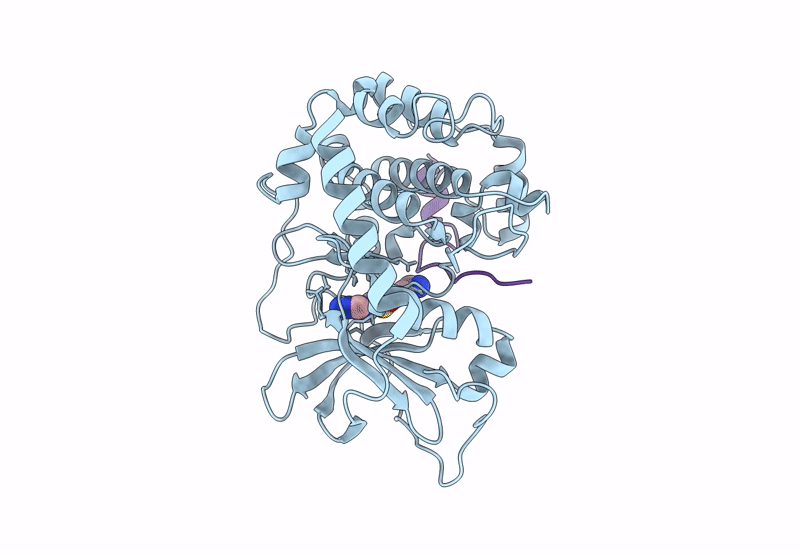
Deposition Date
2024-08-25
Release Date
2025-07-09
Last Version Date
2025-07-09
Entry Detail
PDB ID:
9DCD
Keywords:
Title:
Structure of J-PKAc chimera in complex with Aplithianine d2
Biological Source:
Source Organism:
Homo sapiens (Taxon ID: 9606)
Host Organism:
Method Details:
Experimental Method:
Resolution:
2.70 Å
R-Value Free:
0.19
R-Value Work:
0.17
R-Value Observed:
0.17
Space Group:
P 21 21 21


